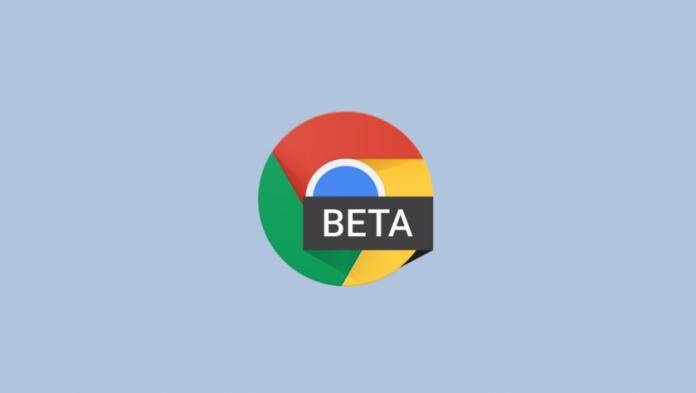
After the recent release of Chrome 66 over the stable channel for most platforms, it is no surprise that Chrome 67 is now available over at the Chrome beta channel. Chrome’s beta releases are mostly for developers, and for those who like to take a peek at the new features Google has lined up for the browser. Because Google is one of the big proponents for web-based virtual reality (VR) Chrome 67 now allows developers to test the new WebXR Device API, and web applications can now access various device sensors.
One of the highlights of Chrome 67 is the new web-based virtual reality API, which is called the WebXR Device API. This will replace the older WebVR API, and this new version is “designed to address the issues found in the prior API based on developer, web platform, hardware manufacturer, and implementer feedback.” The API will allow input and output capabilities for AR/VR with the browser, and will support mobile devices, mobile headsets, and desktop rigs, across VR platforms such as Google Daydream, Samsung Gear VR, Oculus Rift, HTC Vive, and Windows Mixed Reality Headsets.

Chrome 67 also now enables the home button on Android, where it was once nixed. This shortcut acts like the normal home button on browsers and can be set to any webpage, or be entirely disabled. The new beta version also has a new “Emoji” shortcut in the right-click menu of any text field, but it is still a flag that needs to be activated via this command: chrome://flags/#enable-emoji-context-menu.
If you are a Chrome beta user, updating to this new version should not pose any difficulties. But if you are new to Chrome beta, you can download it via the Google Play Store.
SOURCE: Google









